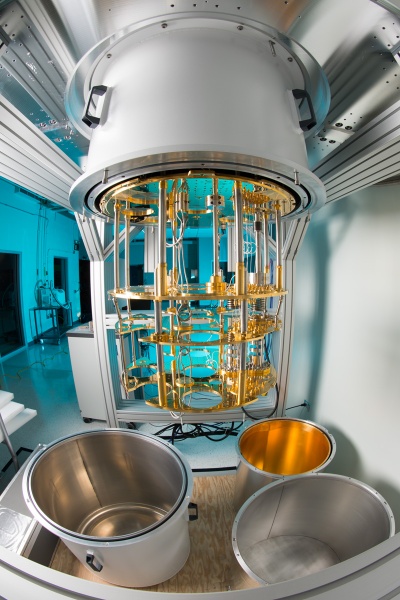Difference between revisions of "High power RF"
YichaoJing (Talk | contribs) (Created page with "== '''High Power RF – Working at the Extremes ''' == center A unique and valuable course with roots in Electrical Engineering...") |
(No difference)
|
Revision as of 16:21, 4 April 2022
High Power RF – Working at the Extremes
A unique and valuable course with roots in Electrical Engineering and Particle Physics make its premier in the Fall of 2022. This course entitled “High Power RF (Radio Frequency) Engineering” has applications within the physics field in the use of particle accelerators and many electrical engineering areas. It is cross-listed as PHY 693 and ESE 593. While there is no official definition of High Power RF, it is generally defined as power levels for an RF signal in excess of a threshold. The threshold value may range from below a thousand watts (kW) to, at the high end, power levels in the millions of watts (MW) region. High power RF frequencies extend from below 100 kHz to 20 GHz and higher.
The curriculum covers such in depth topics as RF circuit elements including transmission lines, waveguides, cavities, as well as components such as isolators, circulators, directional couplers, phase shifters, etc.. These elements exhibit deleterious effects at high power levels caused by arcing (a high peak power effect) and the ohmic dissipation in the metal walls (a high average power effect).
Applications in Particle Physics: Particle accelerators are used to accelerate charged particles to very high speeds using high power RF before the beam of charged particles collides with a chosen target. A particle accelerator consists of cylindrical RF cavities placed in tandem and connected via drift tubes through which a particle beam accelerates. A certain mode (the TM010 mode) of a cylindrical cavity is used in the transfer of power into the beam via its longitudinal electric field and thereby accelerating the charged particles. There are about 30 thousand accelerators of all sizes in the world with such diverse applications as physics research, electronics manufacturing, food safety, cancer treatments and art verification.
Applications in Electrical Engineering: Broadband jamming, electronic warfare, pulsed radar, RF transmitters and receivers. High power RF is also used in plasma generators which are part of the production of integrated circuits, solar cells, batteries, fuel cells, flat panel displays etc… There are high power RF applications in industrial heating and drying, food processing and, of course, the ubiquitous microwave oven. This course curriculum created and taught by Prof. Jayant Parekh, is profoundly unique and groundbreaking as there has not yet been any specific academic source(s) for the material covered in this course. Most universities offering courses related to the subject of microwaves cover a more widely known use related to antenna technology. Gaining insight into the properties of and limitations of using RF waves at high power levels can be a very useful course for those students earning degrees and seeking future employment in these fields of study.
